Dateline 27 May 2023, Ljubljana, Slovenia
Going on a proper holiday for the first time since the Covid 19 pandemic is exhilarating. This city is beautiful, redolent of Roman, Medieval, Renaissance, Early Modern, Baroque, Austro-Hungarian, Jugendstil/Art Nouveau history with remnants of Communist architecture, plus pure 21st century.
Emona (Roman precursor to Ljubljana) was an important town in the prosperous province of Noricum, but Virunum was the regional capital and the one I had to see. So we set off into the mountains over the Loibelpaß which connects Austria with Slovenia (route E652).
Today, the most difficult and highest part of the historic mountain pass has been replaced by a road tunnel and the original route has now been permanently closed to traffic. But different trails had been used since ancient times, connecting Emona and Virunum. In JULIA PRIMA, our heroine goes through what is now the modern Predil Pass, but the scenery is much the same. Was I excited? I leave you to guess!
But first stop was the Magdalensberg Archaeological Park on the site of the original pre-Roman and early Roman town built on a defensible hill above the valley where the imperial Roman town of Virunum would later be established. The Celts of Noricum had discovered around 500 BC that their local deposits of iron ore made superior steel, so they built up a major metalworking industry. Traces have been found on the Magdalensberg of a major production and trading centre where specialised blacksmiths crafted metal products, including sophisticated tools and weapons.
By 200 BC, the tribes of Noricum had united into one kingdom, the Regnum Noricum. During their Republican period the Romans discovered the high quality of the weapons coming out of Noricum and, never ones to miss an opportunity, started negotiations with the Regnum Noricum and its craftsmen.
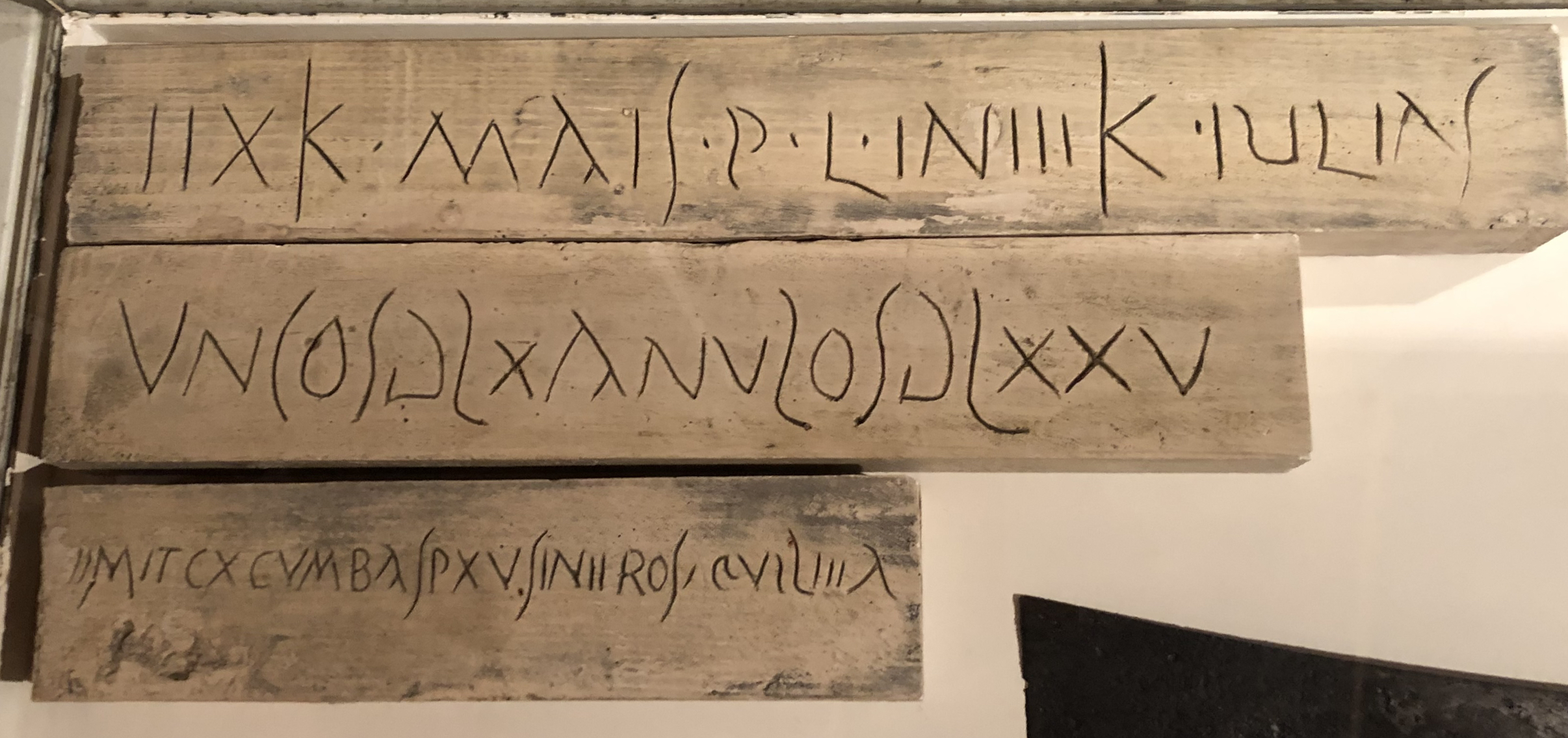
Trader graffiti on the walls of the merchant shops at the forum, scratched inscriptions relating to the iron trade and various financial transactions have been preserved. Good insight into the extensive movement of goods. “Sinous from Aquileia bought 110 15 pound bowls/basins”,”560 hooks, 575 rings”,”Borrowed money from May 1st to June 19th (2 x 30 days)”
For decades afterwards, the Noricans enjoyed independence under their own local rulers while continuing to trade profitably with the Romans. The resulting trade agreements led to the kingdom becoming a key ally of Rome, benefitting from Roman military protection in exchange for the constant supply of high-quality products.
The inhabitants of the Magdalensberg took to the Roman lifestyle – temple, basilica, baths – you name it!

Temple. Altars to the goddess Roma and to the deified Augustus have been found. There is a suggestion, Mars was also worshipped.
Video of Governor’s audience room:
Not the most exciting images, but they give you an idea of the taste of the time.
Wall plaques from the Noricans honouring Augustus, Livia, his daughter Julia and his granddaughter.
For practical reasons, mostly trade and administrative creep, Noricum was fully integrated into the Roman Empire during the reign of Claudius (AD 41–54) and Municipium Claudium Virunum, was founded as the capital of the province of Noricum which covered more or less today’s Austria and northern Slovenia. Apparently, the Noricans offered little resistance. Much more detail (and pictures!) here.
Trade continued as did the extraction and dispatch of gold to the emperor. Moulds with imperial inscriptions have been excavated at the foundry site. Archaeologists suggest the row of pits in the image below may well be small smelting ovens for gold.
And where did these important gold smelters, or more likely the official in charge of this operation, live? There are extensive living quarters to the southwest of the excavated site with their own bakery, baths and guest rooms.
In the next post, we’ll look at some of the finds, including one prominent one which has mysteriously disappeared.
Alison Morton is the author of Roma Nova thrillers – INCEPTIO, CARINA (novella), PERFIDITAS, SUCCESSIO, AURELIA, NEXUS (novella), INSURRECTIO and RETALIO, and ROMA NOVA EXTRA, a collection of short stories. Audiobooks are available for four of the series. Double Identity, a contemporary conspiracy, starts a new series of thrillers. JULIA PRIMA, a new Roma Nova story set in the late 4th century, is now out.
Download ‘Welcome to Alison Morton’s Thriller Worlds’, a FREE eBook, as a thank you gift when you sign up to Alison’s monthly email update. You’ll also be among the first to know about news and book progress before everybody else, and take part in giveaways.




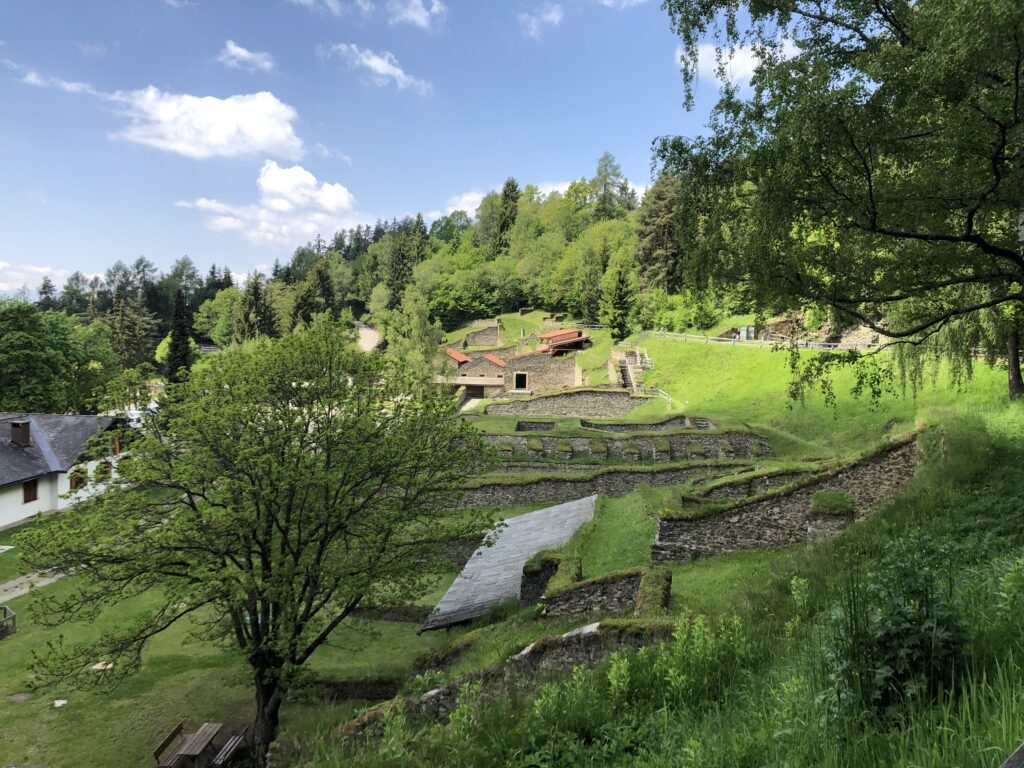
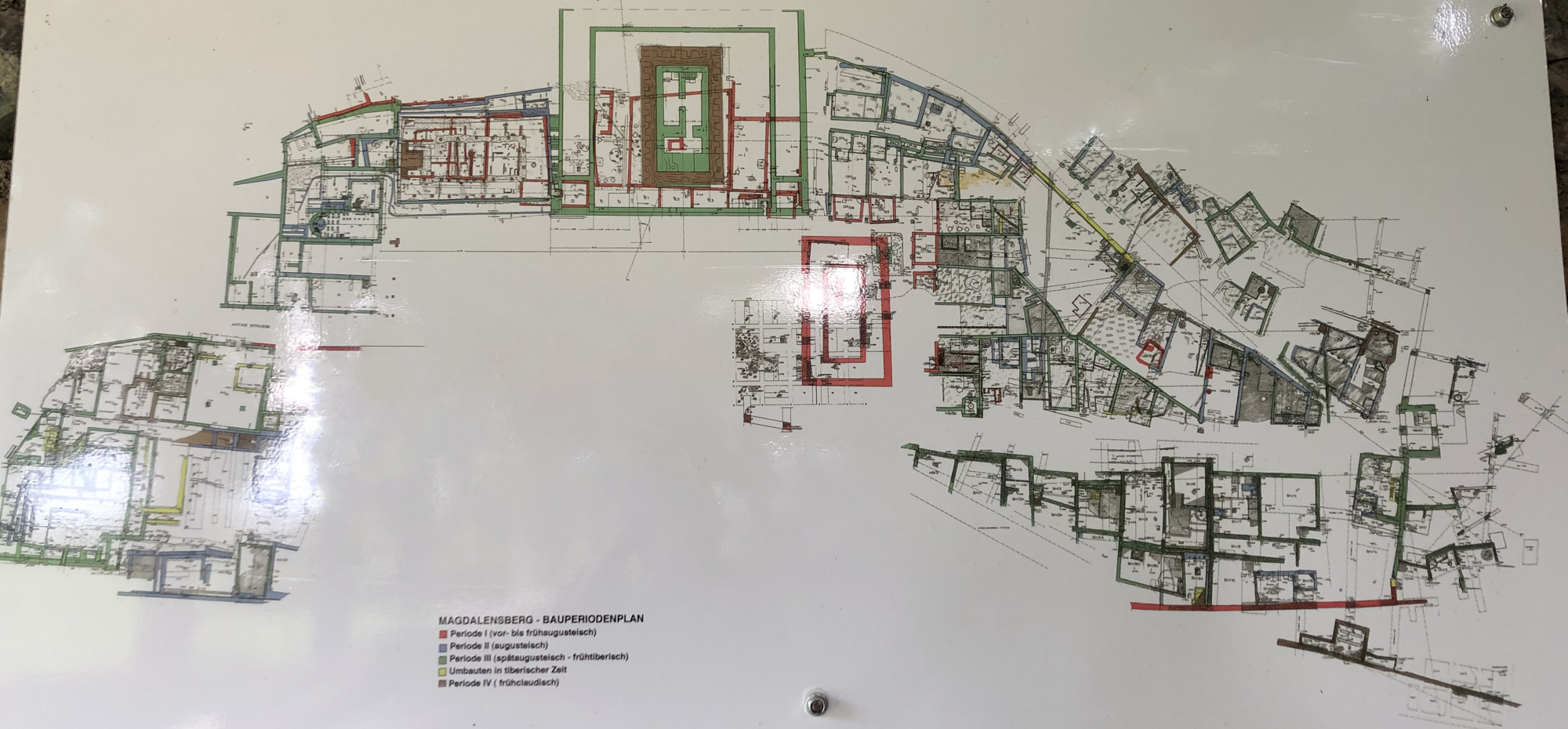

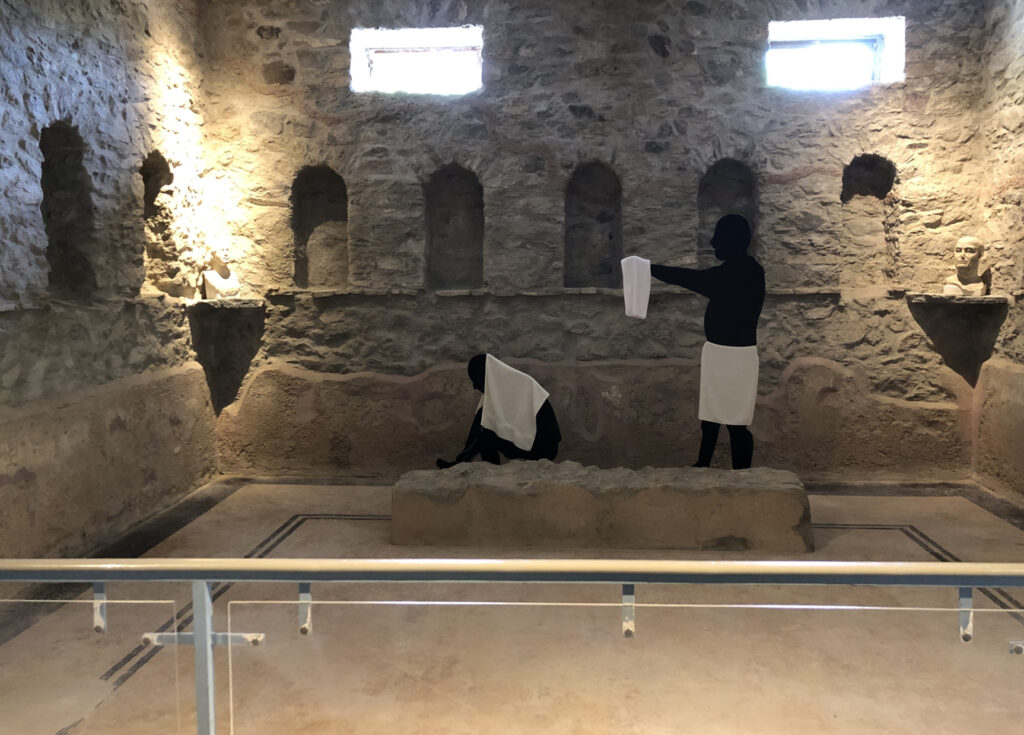
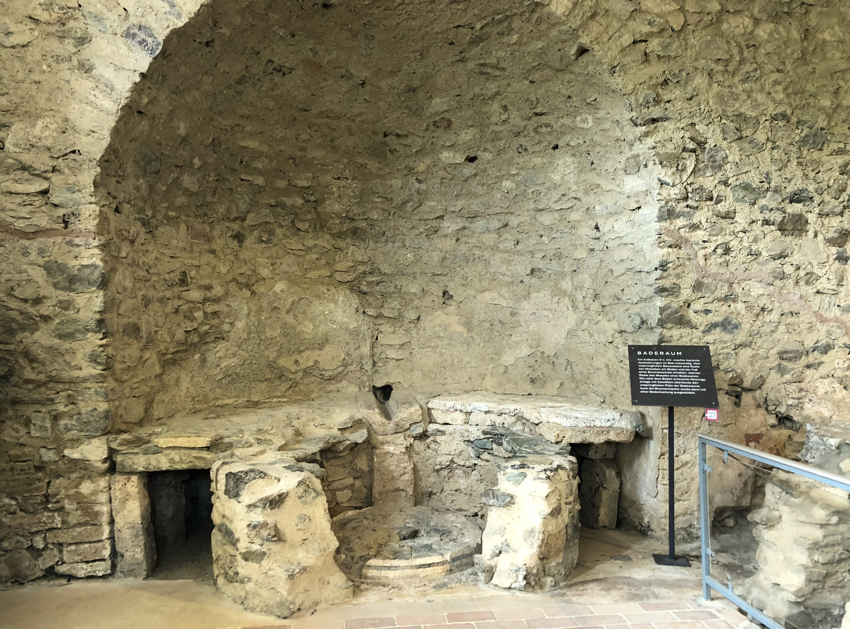
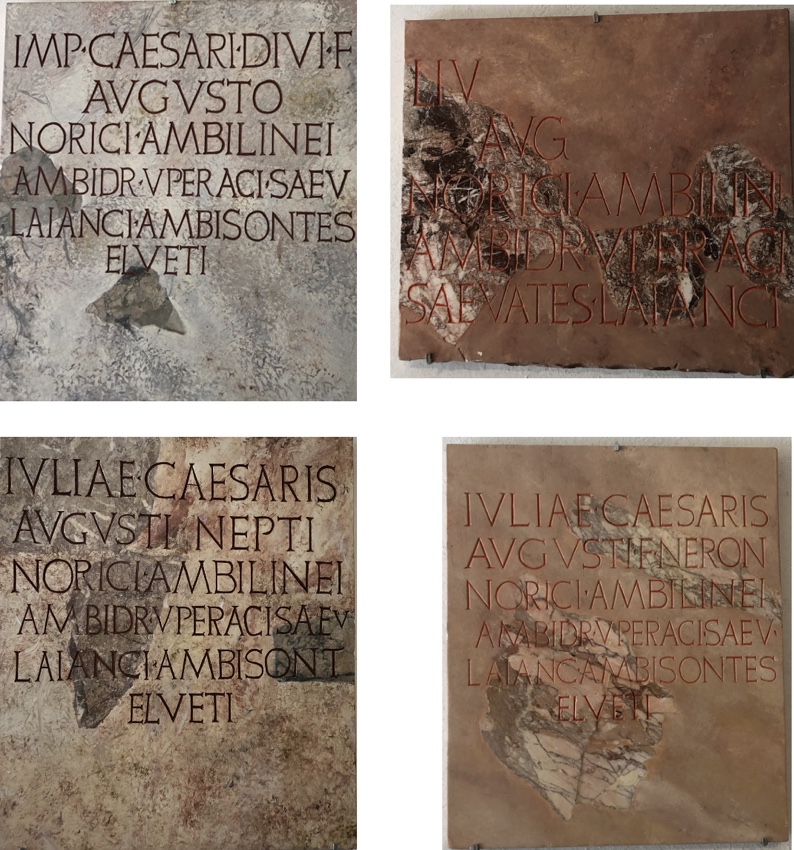
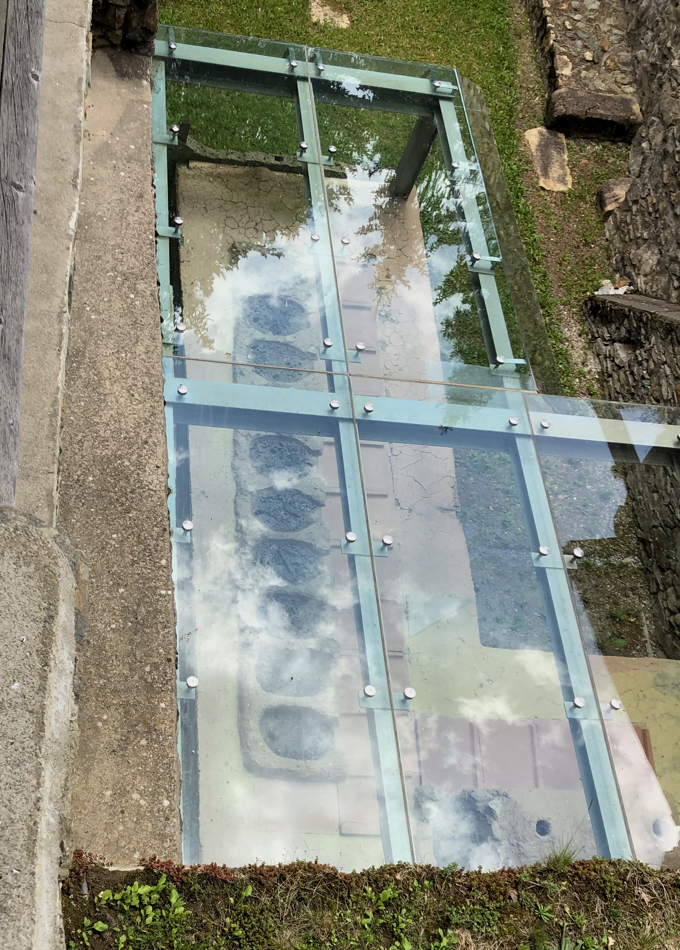









[…] I had the pleasure of visiting ‘Roma Nova’ last summer and took numerous photos some of which I’ve posted on my blog in a series of articles: https://www.alison-morton.com/2023/05/28/magdalensberg-virunum-before-virunum/ […]